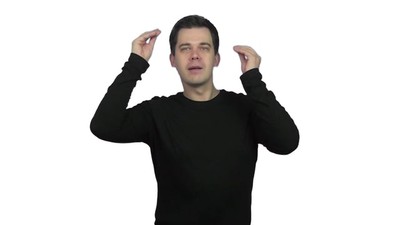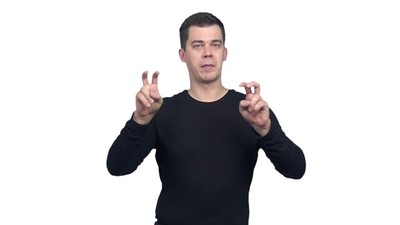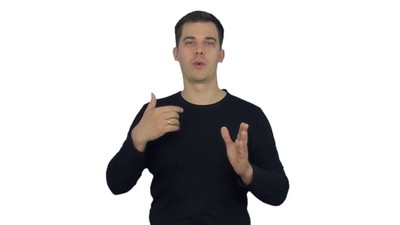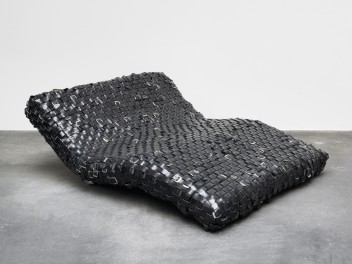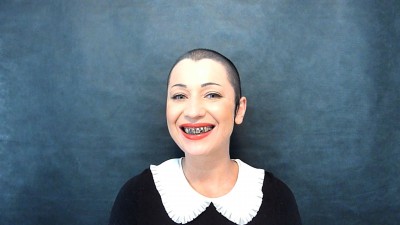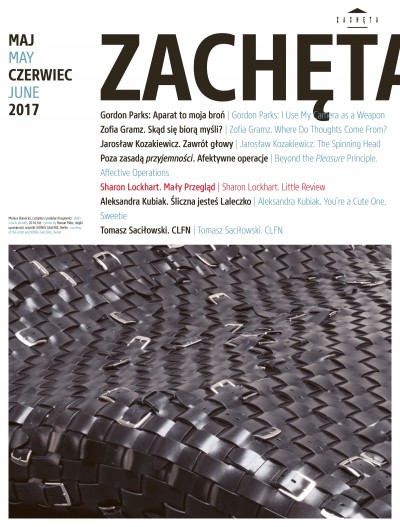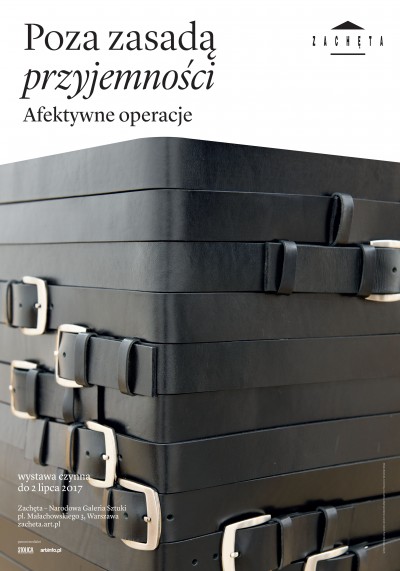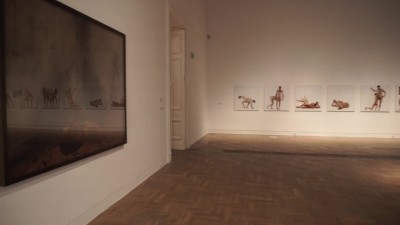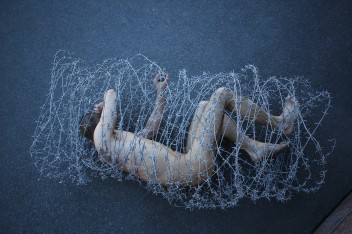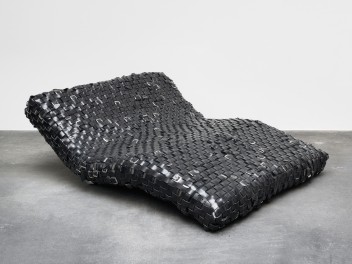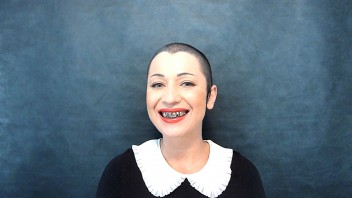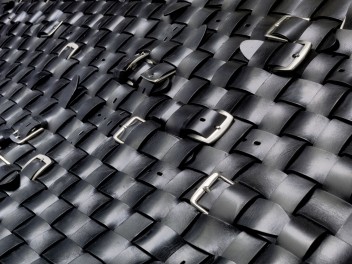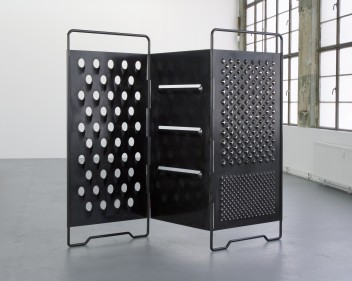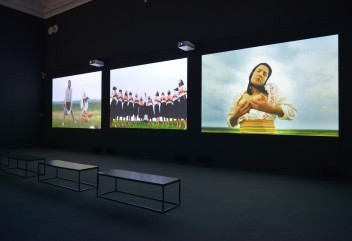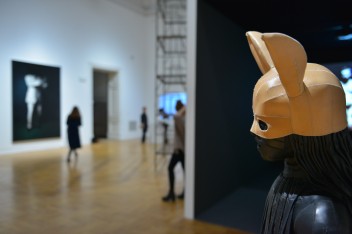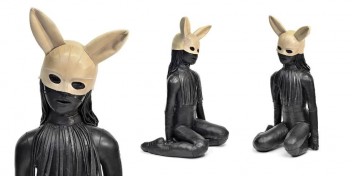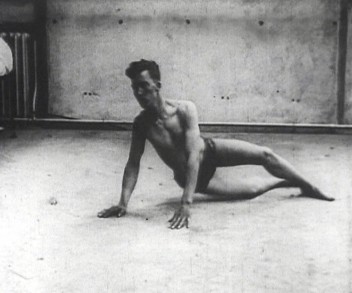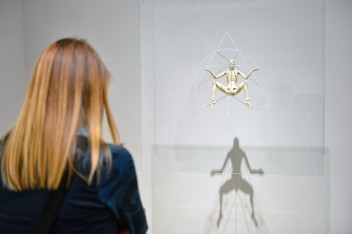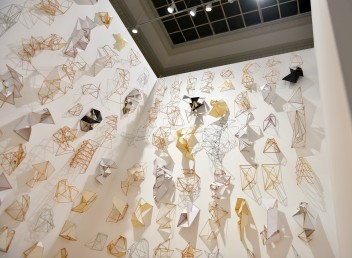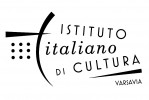Beyond the Pleasure Principle Affective Operations
09.05 – 02.07.2017 Beyond the Pleasure Principle Affective Operations
Zachęta – National Gallery of Art
artists: Marina Abramović, Kader Attia, Monica Bonvicini, Berlinde de Bruyckere, Douglas Gordon, Aneta Grzeszykowska, Mona Hatoum, Jesse Kanda, Teresa Margolles, Petr Pavlensky, Aleksandra Ska, Taryn Simon, Andreas Sterzing, Mircea Suciu, Roman Stańczak, David Wojnarowicz, Artur Żmijewski
curator: Maria Brewińska
cooperation: Magdalena Komornicka
The exhibition takes its point of departure in the popular humanistic category of affects, which organise its emotional space. Affect is construed here as the body’s automatic reaction to external stimuli or internal processes. These reactions, pleasant or not, occur beyond consciousness and the rational mind, and are not immediately subject to cognitive reflection. Affect is commonly identified with emotions, but in the context of this exhibition it is a proto-emotion: an experience of ‘intensity’ (anxiety, tension, tremor, uncertainty, experienced in the body, under the skin) that – when cognitively worked through, made conscious – triggers off specific emotions such as joy, fear, disgust, shame, anger, and many other related emotional nuances.
The exhibition concept posits that affects have their source also in objects. And so works of art belong to those significant material stimuli/transmitters through which the ideas of affects, or, in other words, the potentialities latently present in the works, are conveyed into the receptive sphere, provoking arousal. Generally speaking, all art works are affective: affects leak from them imperceptibly. But they differ in strength; in some we notice no clear affective operations, which does not mean there are none – reception is then turned towards apathy, which also has an emotional dimension. Affect is associated chiefly with states of strong agitation. This has played a role in the selection of works for the show, which is above all about ‘intensity’ (in Gilles Deleuze’s meaning of the term) – an affective experience that can be a kind of strong tension, a nerve in the body initiating qualitatively new emotional states and meanings. Most works in the exhibition affect first, signify later: the viewer’s affective reaction is often more important than his or her intellectual reception and analysis. Some of the most powerful stimuli are provided by Marina Abramović’s installation, Balkan Erotic Epic (2005), with its transgression of a certain order of presentation of human eroticism, or by corporeality in Arca & Jesse Kanda’s film, as well as by the documentation of Petr Pavlensky’s radical auto-destructive protest performances. Dialoguing with the latter are David Wojnarowicz’s photographs, touching upon issues of queer and silence about AIDS from two decades ago. Aleksandra Ska’s Unproductive (2011) or Artur Żmijewski’s iconic photography series, Eye for an Eye (1998), offer a kind of affective dissonance. To a large extent, the featured works concern the body and its various functions, since it is the body that experiences affects, delights, and unpleasant sensations. Pushing to the forefront in this respect are the sculptures of Berlinde de Bruyckere – nude human destructs, dead or nearing death. Monika Bonvicini’s fetishistic objects or Aleksandra Ska’s emotional instrumentarium, in turn, are laden with latent potentialities of affects.
Beyond the Pleasure Principle
Affective Operations
09.05 – 02.07.2017
Zachęta – National Gallery of Art
pl. Małachowskiego 3, 00-916 Warsaw
See on the map
Godziny otwarcia:
Tuesday – Sunday 12–8 p.m.
Thursday – free entry
ticket office is open until 7.30 p.m.

